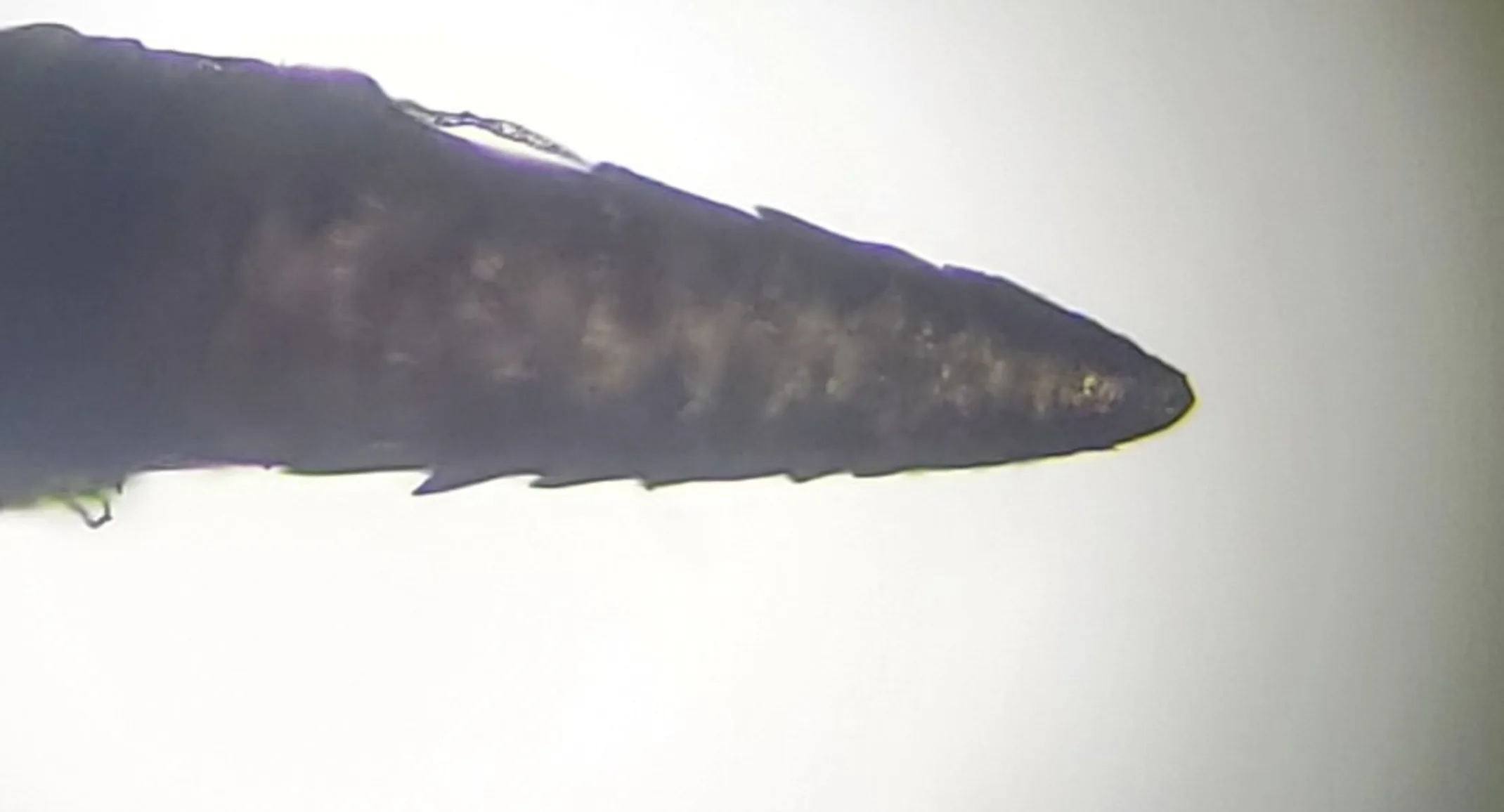Porcupine Safety for Pets: What Every Pet Parent Should Know
Pet Safety

Porcupines may look harmless from a distance, but for curious pets, an encounter can quickly turn into a painful emergency. At SAVES, we treat a surprising number of porcupine-related injuries, especially during warmer months when wildlife is more active. If you live in an area where porcupines roam, here’s what you need to know to keep your furry family members safe.
Why Porcupine Encounters Are Dangerous
Porcupines defend themselves using sharp quills that can easily embed in your pet’s skin, face, mouth, and even eyes. These quills are barbed, making them difficult and painful to remove. Each quill is a modified hair coated in keratin, with microscopic backward-facing barbs at the tip. These barbs allow the quill to penetrate tissue easily but resist removal, often working deeper into the body with movement. Some quills are hollow, which can make them more prone to breaking and harder to detect on imaging.
If not treated promptly and properly, quills can migrate deeper into tissue, cause infections, or damage internal organs. In more severe cases, quills can penetrate the chest wall and migrate into the thoracic cavity, potentially puncturing the lungs or major blood vessels. This can lead to pneumothorax; a dangerous condition where air escapes into the space around the lungs, causing them to collapse. Dogs with porcupine quills in their chest may not show immediate signs of distress, but complications can develop days later, requiring advanced imaging and surgical intervention. While most dogs recover with proper care, these injuries can be life-threatening if left untreated. This is why prompt veterinary attention is critical after any porcupine encounter.
What to Do If Your Pet Gets Quilled
If your pet has had a run-in with a porcupine, here’s how to respond:
Stay Calm – Your pet is likely in pain and frightened. We understand this is equally frightening for you as a pet parent but try your best to speak gently and avoid panicking.
Prevent Further Injury – Keep your pet from pawing at or rubbing the quills.
Call SAVES Immediately – We’re open 24/7 and ready to help. Prompt veterinary care is essential. Keep our number handy: (603) 306-0007
Transport Safely – If possible, use a carrier or blanket to minimize movement and stress during transport.
What NOT to Do
Don’t Cut the Quills – This makes them harder to remove and increases the risk of complications.
Don’t Wait It Out – Quills won’t come out on their own and can cause serious internal damage.
Don't Attempt to Remove Quills Yourself – This can cause more harm than good. Quills can break off or drive deeper into tissue.
Prevention Tips
Leash Walks Only – Especially at dawn and dusk when porcupines are most active.
Secure Your Yard – Use fencing and keep outdoor lights on to deter wildlife.
Avoid Wooded Areas – Stick to open trails and avoid dense brush.
Know the Signs – If your pet suddenly yelps, paws at their face, or seems agitated after being outside, check for quills immediately.
We're Here for You
At SAVES, we understand how scary wildlife encounters can be. Our emergency team is trained to safely and effectively treat porcupine injuries, ensuring your pet gets the care they need, day or night.
If you suspect your pet has been quilled, don’t wait. Call us or come in right away. Your pet’s safety is our top priority.
